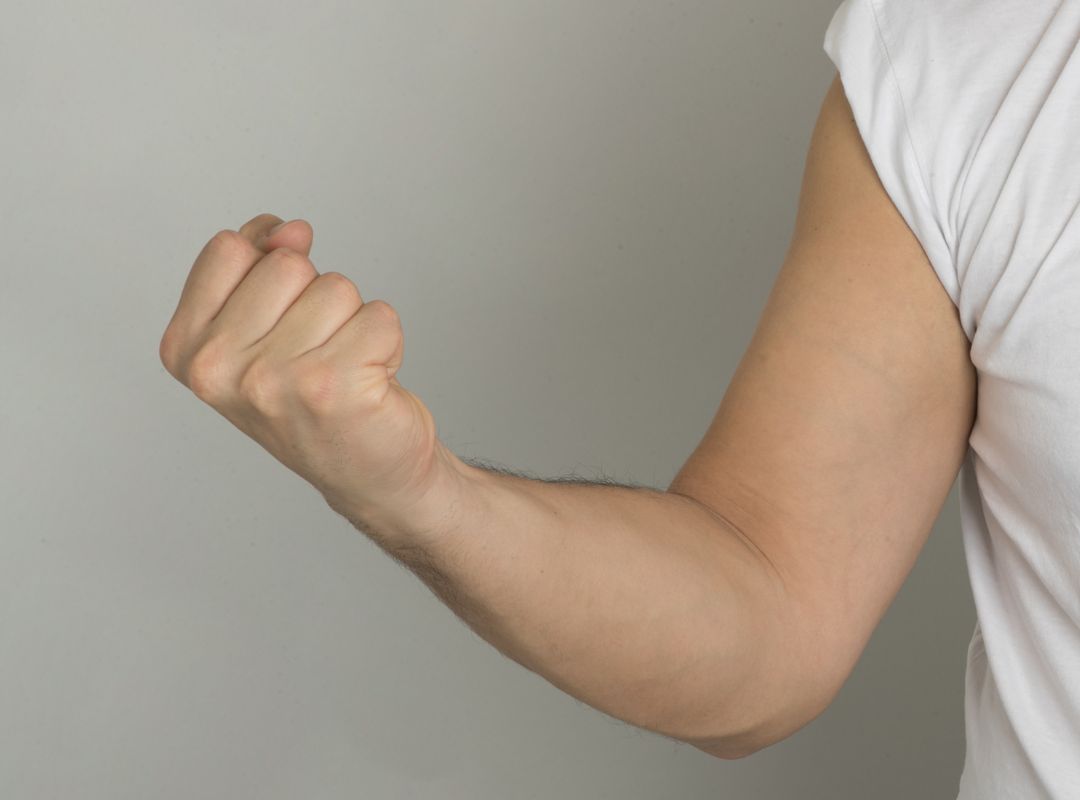Proximal Biceps Rupture
Proximal Biceps Rupture
(long portion of the biceps brachii)
(long portion of the biceps brachii)
What is the biceps brachii?
The biceps brachii muscle is located in the anterior region of the arm and originates through two portions (short and long) that insert into the shoulder blade.
The muscle forms the anterior contour of the arm and inserts into the elbow via the bicipital tendon.
It is responsible for flexing the elbow and supinating the forearm, essential for everyday functions such as opening a door.

Why do tears of the long portion of the biceps brachii occur?
Why do tears of the long portion of the biceps brachii occur?
Although the short portion is the most important in the action of the biceps brachii muscle, the long portion is the most frequently affected by progressive wear and tear and is also associated with other changes in the tendons around the shoulder, such as the rotator cuff.
Rupture of the long portion of the biceps brachii is more common between the ages of 30 and 40, in bodybuilders or heavy manual workers, when the tendon already presents degenerative changes that predispose it to rupture. Some substances, such as anabolic steroids, can increase the risk of rupture.
The rupture can occur due to a fall on the upper limb or due to a violent contraction of the muscle when supporting heavy loads. Sudden pain is common and a “pop” may even be heard, after which the pain may be relieved.
Tendon retraction leads to the development of an anterior arm deformity – the Popeye sign. Decreased elbow flexion strength and forearm supination, or cramping in the front of the arm may develop over time.
What to do if you suspect a proximal biceps rupture?
What to do if you suspect a proximal biceps rupture?
Assessment by an orthopedic specialist should be carried out as soon as possible, so that complementary imaging tests can be performed to establish a definitive diagnosis – ultrasound or magnetic resonance imaging.
The ideal treatment depends on the time of evolution, the level of functional demand for work or sports and aesthetic satisfaction.
While most cases can be treated with temporary immobilization and physical therapy, when the rupture is acute (less than 4 weeks), in patients who need or wish to perform strength exercises, or in whom the aesthetic deformity is highly valued, surgery to reinsert the tendon may improve the results. For more information, click here .
